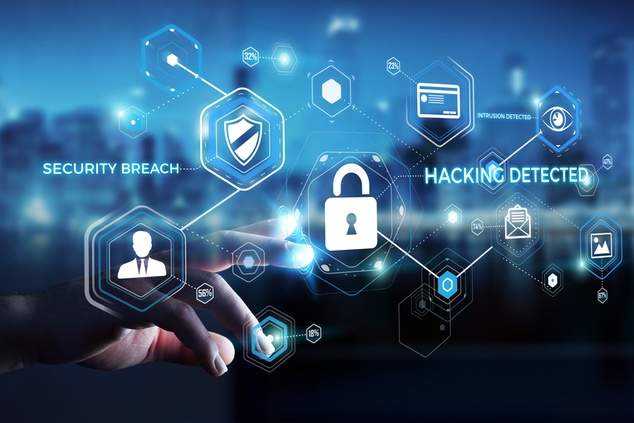
In today’s digital age, effective threat management is paramount to the security and stability of organizations. Cybersecurity threats have become increasingly sophisticated, targeting sensitive data, critical infrastructure, and even individuals. The consequences of a successful cyber attack can be severe, ranging from financial losses and reputational damage to legal ramifications. To safeguard against these threats, organizations must adopt proactive measures for hazard detection, prevention, and response. In this blog post, we will explore the common cybersecurity menaces, strategies for identifying and assessing them, and the importance of employee education and incident response planning.
Table of Contents
Overview of common cybersecurity threats and their impact
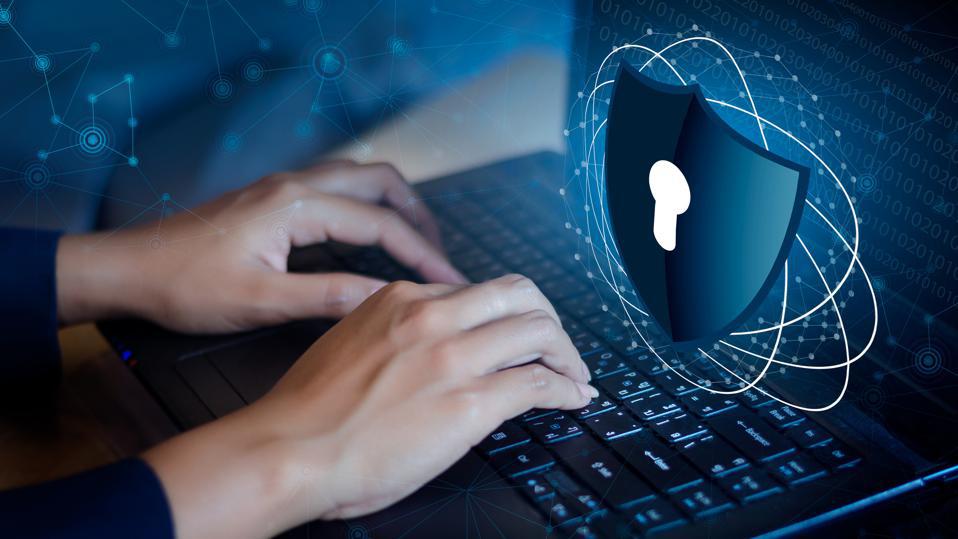
Cybersecurity threats come in various forms, each with its unique impact. Malware, such as viruses and ransomware, can infect systems and hold sensitive data hostage, demanding hefty ransom payments. Phishing attacks attempt to deceive users into revealing personal information or login credentials, leading to identity theft and unauthorized access. Distributed Denial of Service (DDoS) attacks overwhelm servers, causing websites to crash and disrupting business operations. Social engineering techniques manipulate individuals into divulging confidential information or compromising security measures. These hazards pose significant risks to organizations, highlighting the need for robust menace management strategies.
Understanding the evolving landscape of cyber threats
The landscape of cyber threats is constantly evolving, driven by technological advancements and the ingenuity of malicious actors. As organizations adopt new technologies, they also open themselves up to novel vulnerabilities. Emerging dangers include AI-powered attacks, IoT vulnerabilities, and supply chain compromises. Danger actors are increasingly organized, forming sophisticated hacking groups or even nation-state-sponsored entities. They exploit zero-day vulnerabilities and employ advanced persistent threats (APTs) to infiltrate networks and remain undetected for extended periods. Understanding this evolving landscape is crucial for developing effective cyber security threat management strategies that can adapt to the changing nature of cyber hazards.
Key strategies for identifying and assessing cyber threats
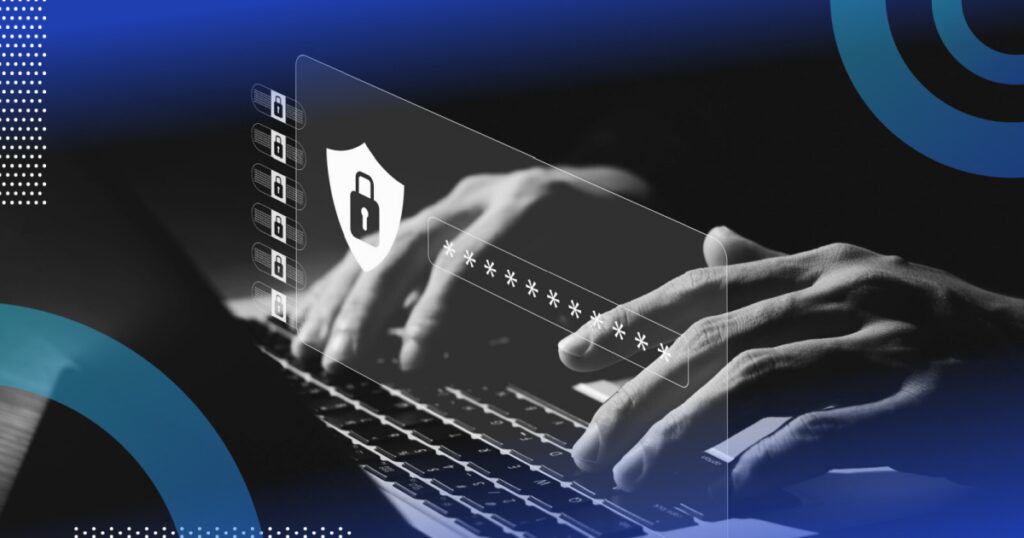
To effectively manage cyber threats, organizations must employ strategies for identifying and assessing potential risks. This involves establishing a comprehensive hazard intelligence program that monitors and analyzes information from various sources, including dark web forums and security research communities. Danger intelligence provides valuable insights into emerging hazards, attacker techniques, and indicators of compromise. By leveraging this intelligence, organizations can identify vulnerabilities in their systems, prioritize potential perils, and proactively implement countermeasures to mitigate risks. Additionally, conducting regular vulnerability assessments and penetration testing helps identify weaknesses that attackers could exploit.
Another thing to have ready is the UPS power supply and maintenance. UPS (Uninterruptible Power Supply) systems are crucial devices designed to provide a stable and uninterrupted power source to critical electronic equipment, such as computers, servers, networking gear, and sensitive industrial machinery. Operating as a bridge between the primary power source and the connected devices, UPS units safeguard against power fluctuations, outages, and surges.
UPS systems offer varying levels of protection, from basic models that provide short-term power during brief outages, to more advanced models that offer extended backup times and sophisticated power management features. They come in different form factors, including tower, rack-mounted, and even modular designs to cater to diverse installation needs.
UPS units contain internal batteries that store energy during regular power conditions, releasing it when the primary power source falters. This seamless transition ensures continuous operation and prevents data loss, equipment damage, and downtime. Furthermore, UPS systems filter and regulate the incoming power, guarding against voltage spikes and frequency variations that might harm sensitive electronics.
In homes, offices, data centers, and industries, UPS power supplies stand as a reliable defense against power-related disruptions, offering reassurance in environments where uninterrupted operation is paramount.
Implementing proactive measures for threat detection and prevention
Threat detection and prevention require a proactive approach that combines technological solutions with human expertise. Deploying advanced security tools, such as intrusion detection systems and next-generation firewalls, helps identify and block malicious activities in real time. Security information and event management (SIEM) systems enable organizations to centralize and correlate security logs, facilitating the early detection of potential hazards. Additionally, leveraging artificial intelligence and machine learning algorithms can enhance the ability to detect anomalous behaviors and identify unknown hazards. Continuous monitoring, timely patching, and strict access controls are crucial in preventing successful cyber attacks.
Role of employee education and awareness
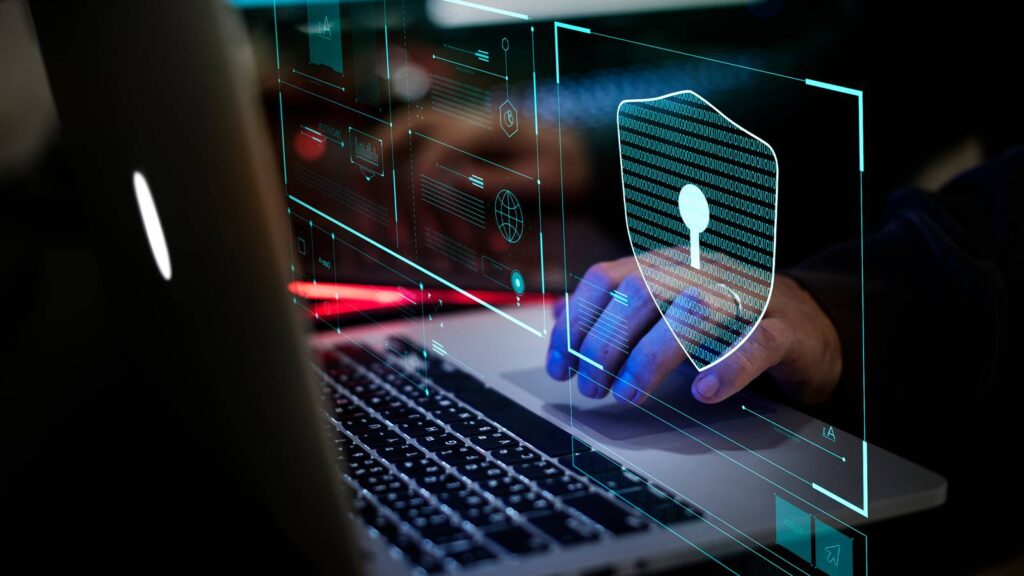
Employees play a critical role in an organization’s cybersecurity posture. They are often the first line of defense against cyber dangers. Educating employees about common attack vectors, such as phishing emails and social engineering techniques, is essential in empowering them to recognize and report suspicious activities. Regular training programs, interactive workshops, and simulated phishing exercises can enhance employee awareness and foster a culture of cybersecurity consciousness. Encouraging employees to follow best practices, such as using strong passwords, enabling multi-factor authentication, and avoiding risky online behaviors, significantly reduces the likelihood of successful attacks.
Building a robust incident response plan for quick mitigation
Despite proactive measures, organizations should prepare for the possibility of a cyber-attack. Establishing a robust incident response plan (IRP) ensures a swift and effective response to minimize the impact of a security breach. The IRP should outline clear roles and responsibilities, provide step-by-step procedures for incident containment, mitigation, and recovery, and include communication protocols for stakeholders and the public. Regularly testing and updating the IRP based on lessons learned from simulations or actual incidents is crucial to maintain its effectiveness. An efficient incident response plan can significantly reduce the downtime and financial losses associated with a cyber attack.
Leveraging threat intelligence for proactive defense measures
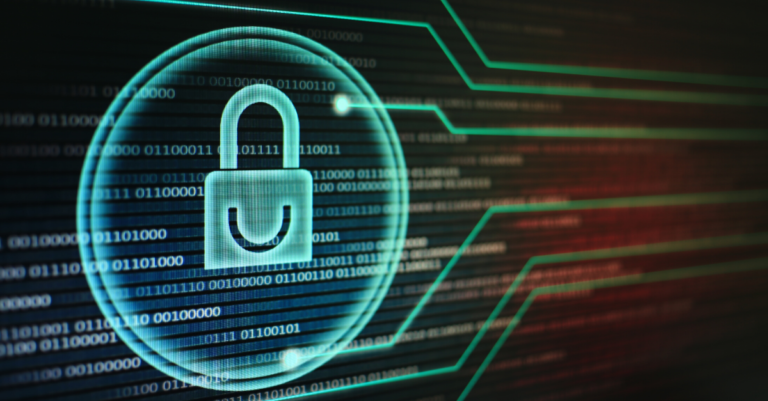
Threat intelligence is a valuable asset in proactive defense measures. By monitoring and analyzing threat intelligence feeds, organizations gain insights into the tactics, techniques, and procedures (TTPs) employed by actors. This information enables security teams to proactively implement security controls, update detection mechanisms, and fortify vulnerable systems. Collaboration with external partners, such as industry-specific information sharing and analysis centers (ISACs), allows for a broader perspective on emerging dangers and access to actionable intelligence. Regular information sharing and participation in hazard intelligence communities can significantly enhance an organization’s ability to respond to evolving cyber threats.
The significance of regular vulnerability assessments and penetration testing
Regular vulnerability assessments and penetration testing are crucial components of effective threat management. Vulnerability assessments identify weaknesses in an organization’s IT infrastructure, including misconfigurations, outdated software, or unpatched vulnerabilities. Penetration testing goes a step further by simulating real-world attacks to evaluate the effectiveness of existing security controls. By conducting these assessments periodically, organizations can identify and address vulnerabilities before they are exploited by attackers. Furthermore, organizations must prioritize patch management, ensuring that software and systems are promptly updated with the latest security patches to mitigate known vulnerabilities.
Best practices for securing critical assets and data from threats

Securing critical assets and data requires a multi-layered approach. Encrypting sensitive data both at rest and in transit adds an extra layer of protection. Implementing access controls and robust authentication mechanisms, such as multi-factor authentication, limits unauthorized access to critical systems and information. Regular data backups and secure offsite storage help mitigate the impact of ransomware attacks. Network segmentation isolates critical assets from less secure areas, minimizing the potential for lateral movement by attackers. Finally, establishing comprehensive security policies, regularly auditing and monitoring systems, and enforcing least privilege principles contribute to a strong security posture.
Conclusion: Empowering organizations with effective threat management strategies
As cyber threats continue to evolve in complexity and frequency, organizations must prioritize effective threat management strategies to safeguard their valuable assets and sensitive information. By understanding the common dangers, adopting proactive measures, and leveraging peril intelligence, organizations can enhance their ability to detect, prevent, and respond to cyber-attacks. Employee education and awareness, along with a robust incident response plan, further strengthen an organization’s defenses. Regular vulnerability assessments, penetration testing, and best practices for securing critical assets and data provide a solid foundation for effective hazard management. By implementing these strategies, organizations can empower themselves against the ever-present and evolving landscape of cybersecurity threats.




